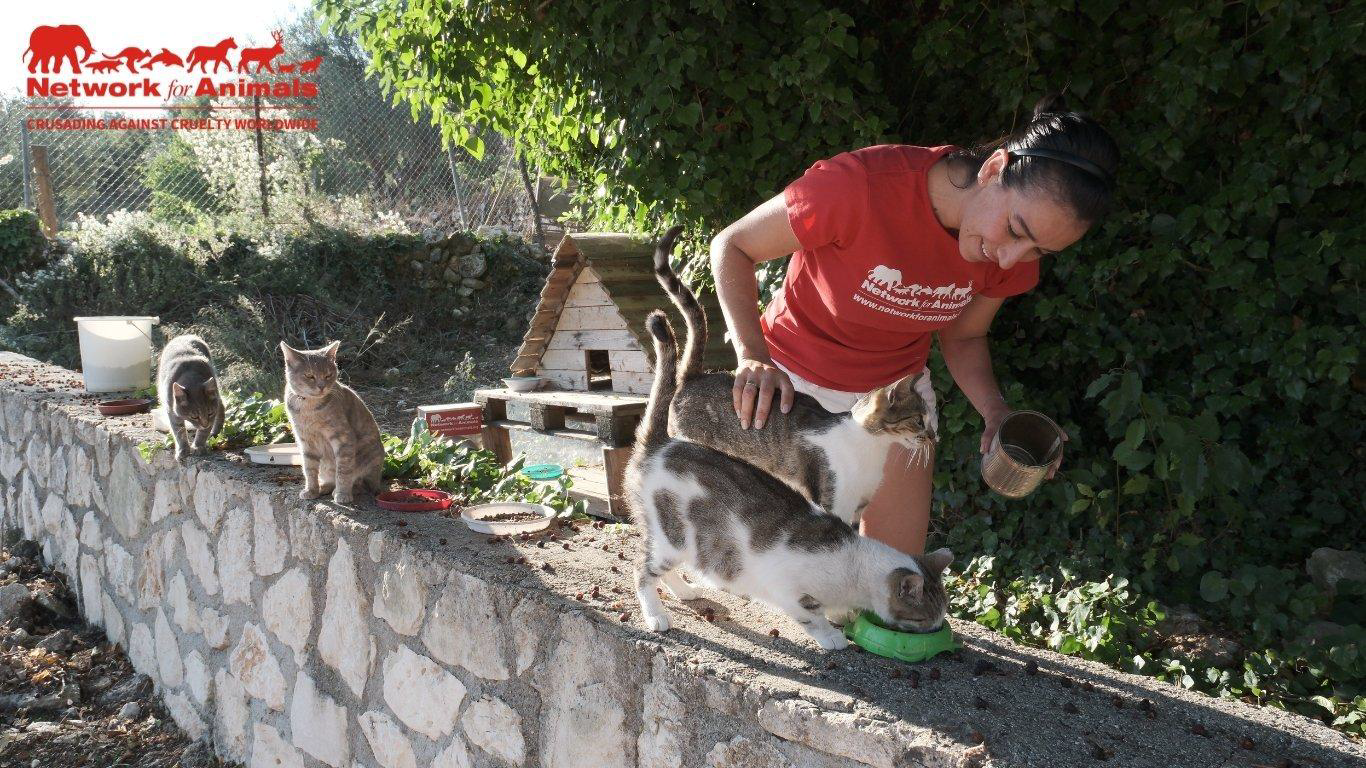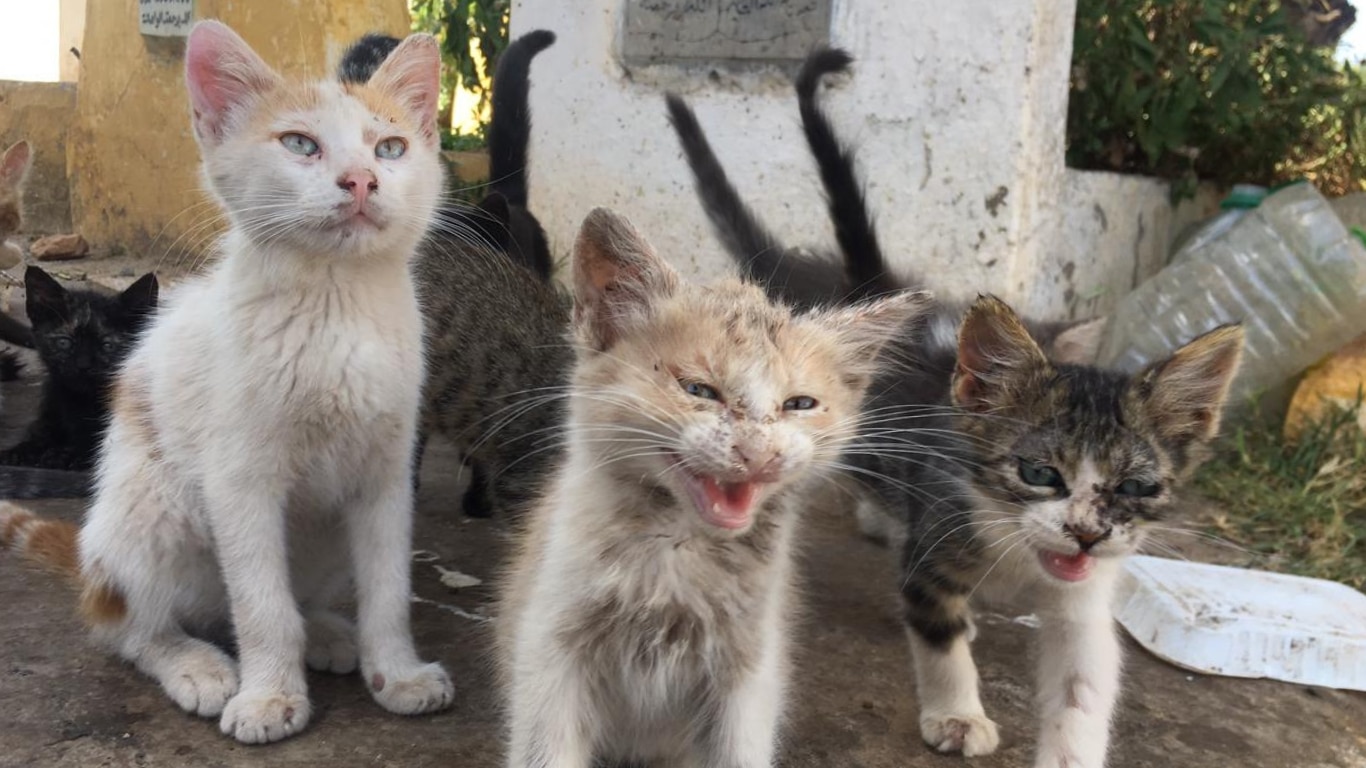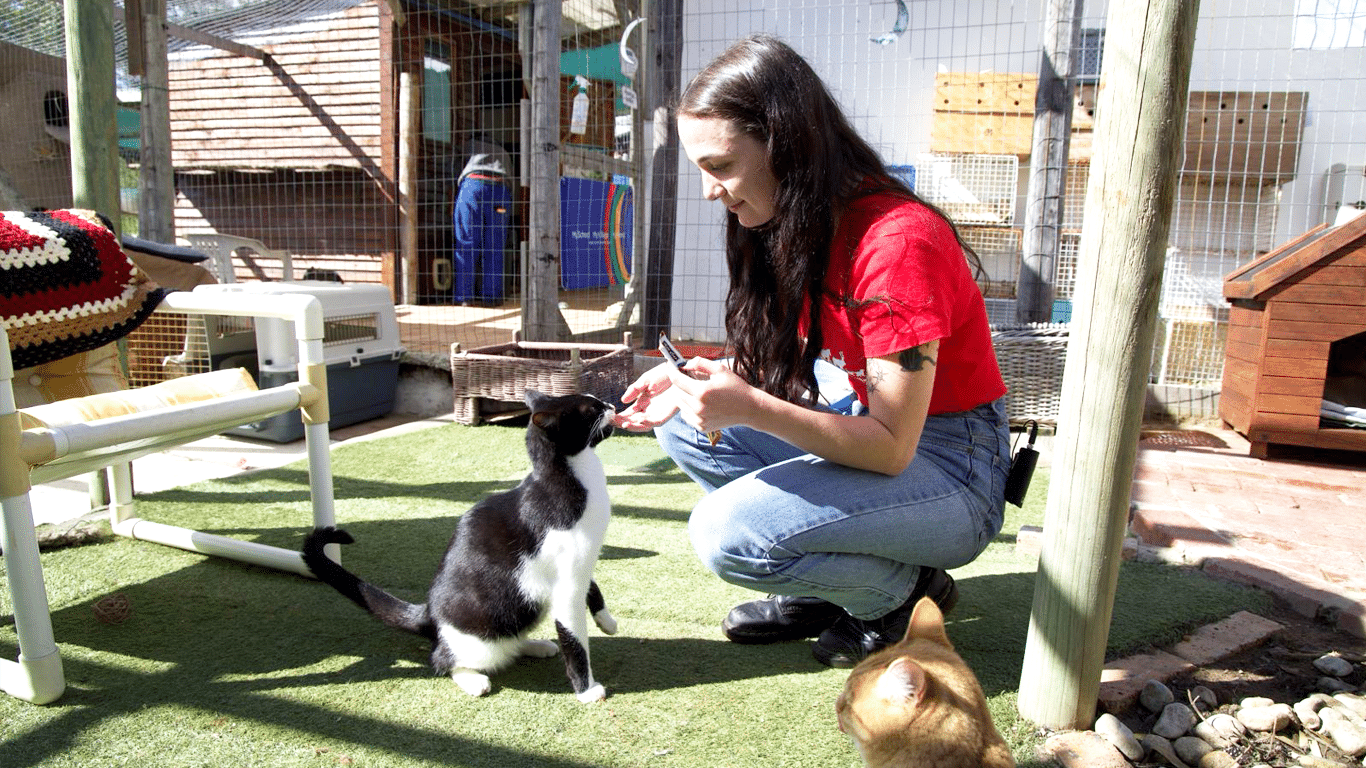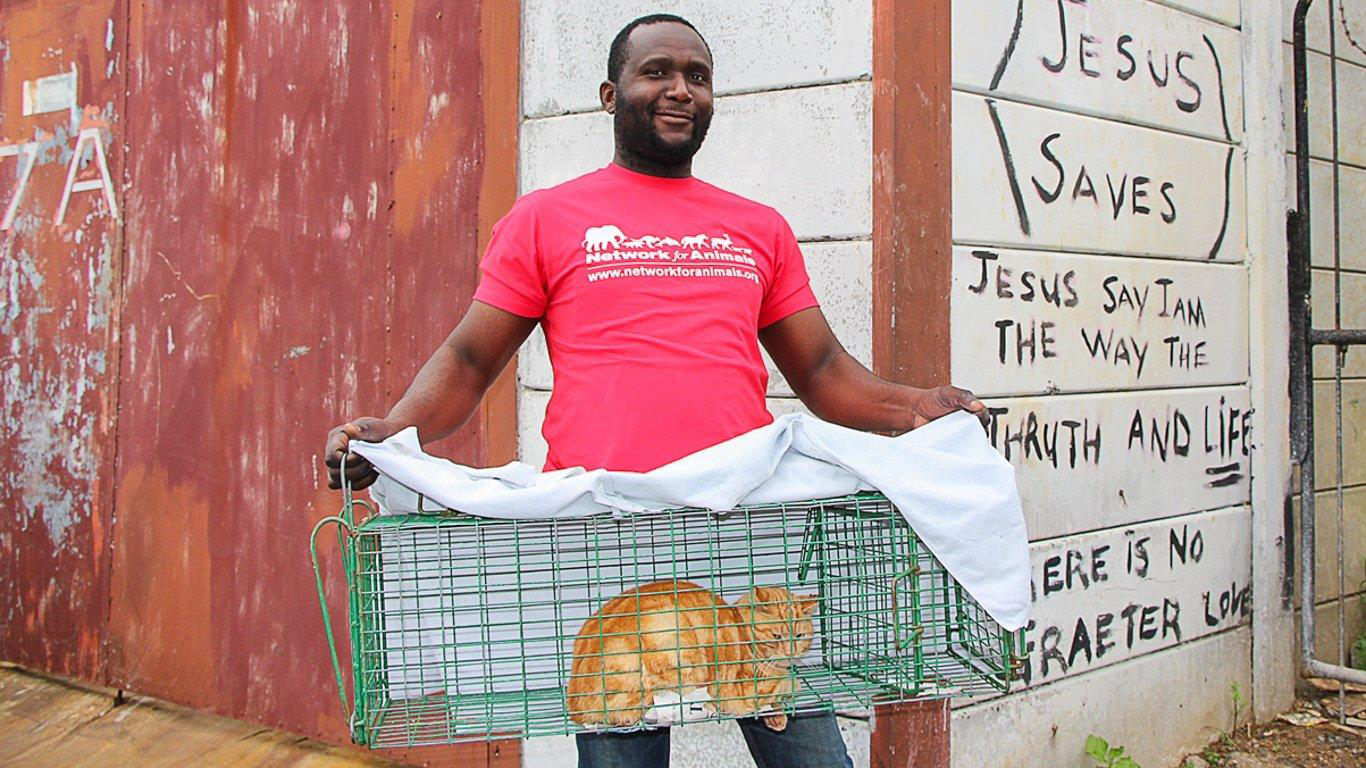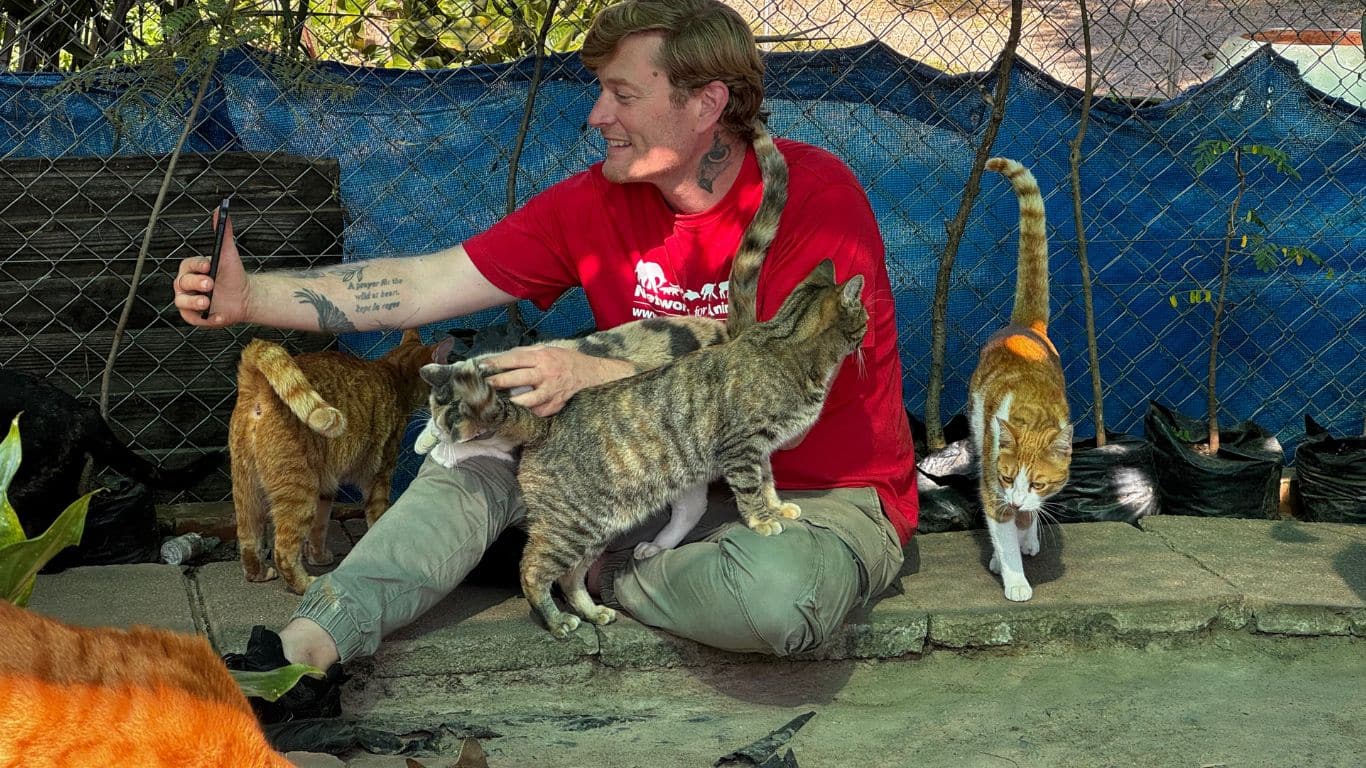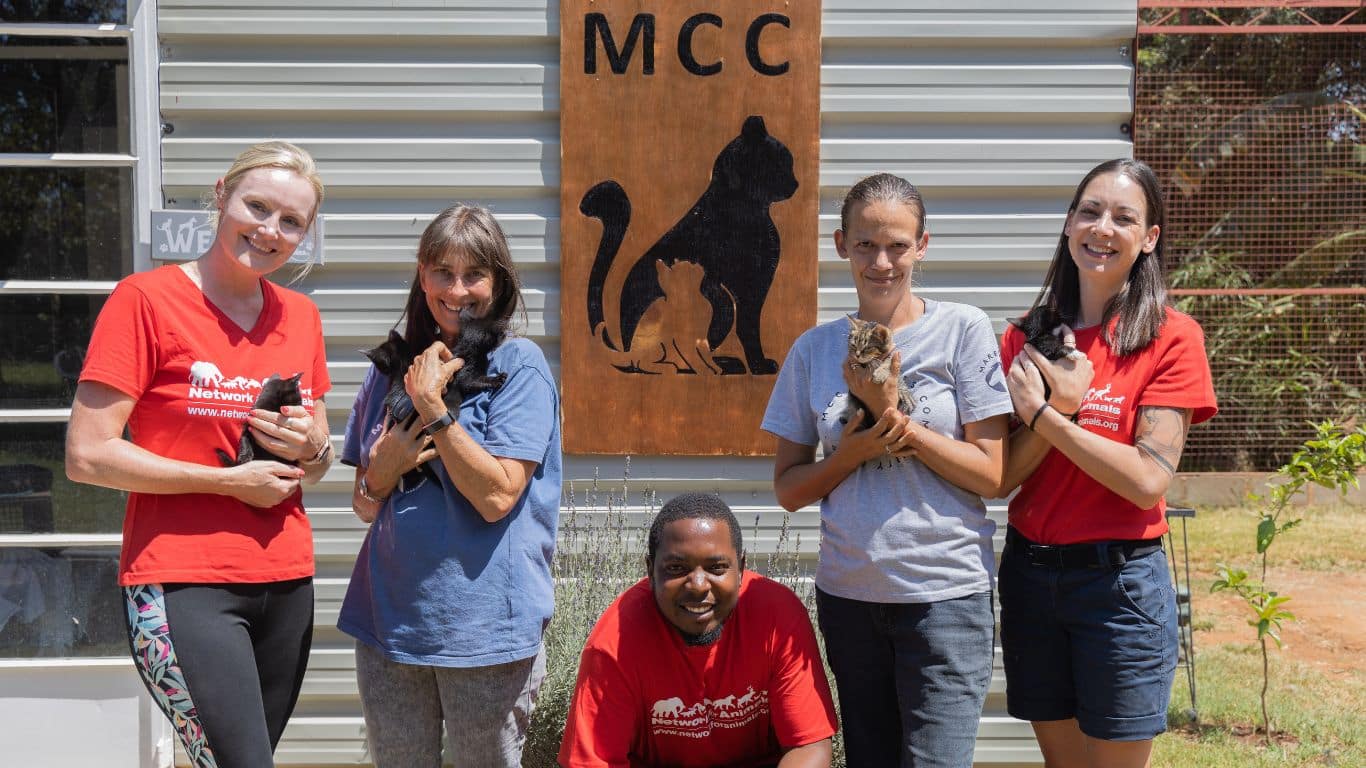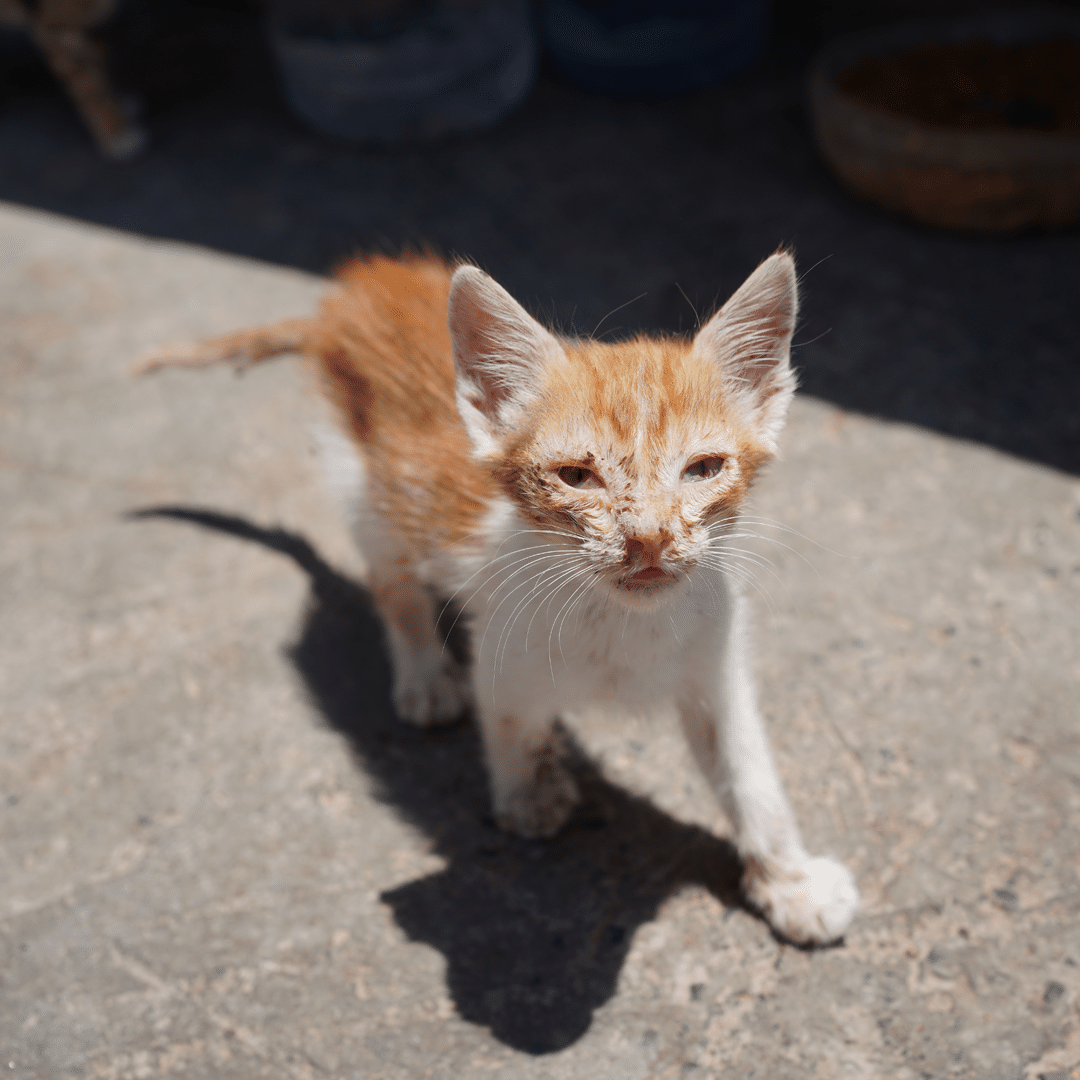
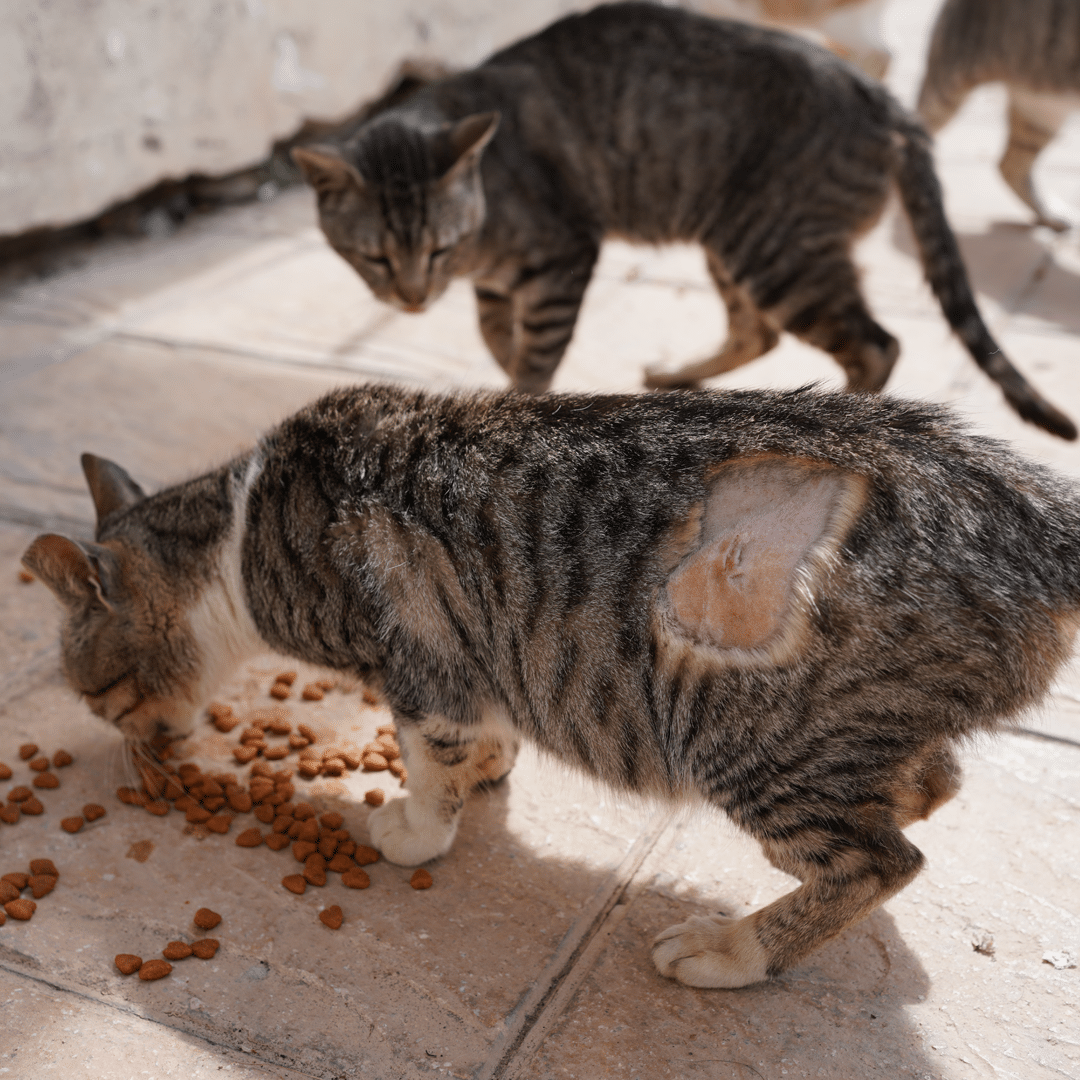

From treasures to trash
It is hard to believe that the same graceful creatures who were once revered in Ancient Egypt are now often discarded like rubbish in derelict areas across the globe. They have gone from royalty to poverty, from being dressed in jewels and even mummified upon their deaths to living with mange and ticks before dying alone on the streets. Fortunately, thanks to kind-hearted animal-lovers like you, some cats are extremely well cared for. Humans value them for their independence, devoted companionship, intelligence, and natural ability to hunt vermin and other household pests. Even so, the fact that there are 100 million cats who are not so lucky is a crisis.
Cats start breeding as young as five months, with high fertility rates allowing them to bear several kittens at a time, up to five times a year. They live between 12 and 14 years.
If not effectively managed, the population of street cats grows rapidly, and more and more will be born into lives of suffering. Street felines live in close proximity to each other, prompting the transmission of contagious diseases, parasites, and bacterial and viral infections such as Feline Immunodeficiency Virus (FIV). By providing critically needed food, financing vaccinations and running effective trap-neuter-return (TNR) programs, we give street cats a chance to survive and have some semblance of a decent life.
Cats in crisis
NFA works to help street cats around the world.
We support projects in Greece, Italy, Kenya, South Africa, Morocco and Zimbabwe.

